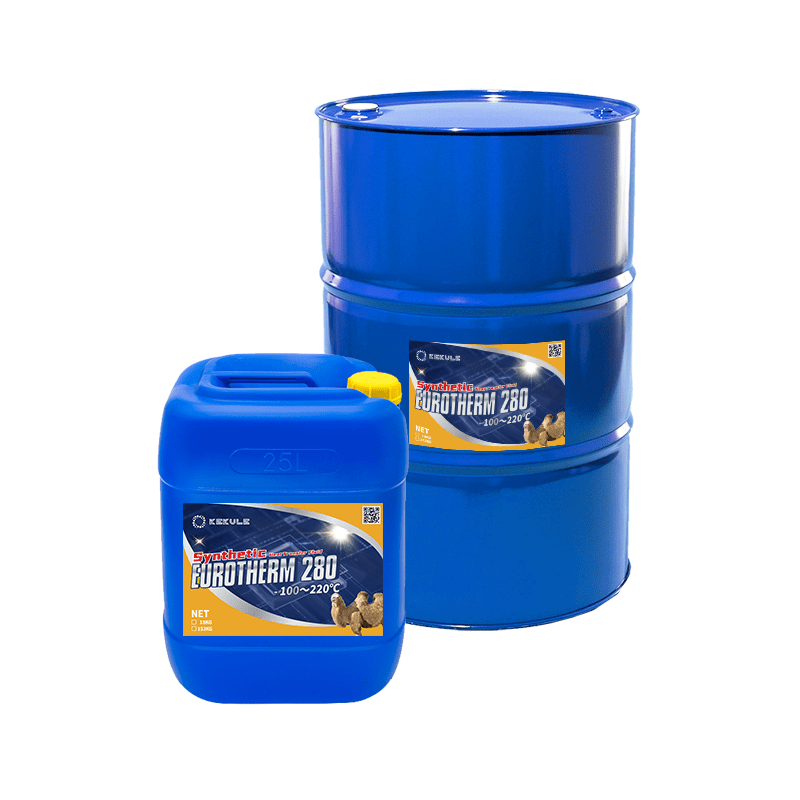The 3-Minute Rule for Chemie
The 3-Minute Rule for Chemie
Blog Article
Some Known Questions About Chemie.
Table of ContentsAll About ChemieIndicators on Chemie You Need To KnowGet This Report about ChemieAll About Chemie8 Easy Facts About Chemie DescribedThe Only Guide for Chemie
(https://pxhere.com/en/photographer-me/4491684)Calculated adjustment in electric conductivity of fluid examples as a feature of time when mixed with the resin sample in the shut indirect cooling loophole experiment. Figure 6 reveals the change in the determined electrical conductivity of the fluid examples when stirred with the resin example. The conductivity of the water sample from the closed loophole experiment reduced by around 70% from 11.77 S/cm to 3.32 S/cm in 6 hours.These results showed that the capacity of the material relies on the test liquid made use of for the experiment. This shows that different ions existing in the fluid will lead to different ion exchange ability of the liquid. Therefore, computing the ion exchange resin capacity with the liquid example from the actual air conditioning loophole is essential.
The 2-Minute Rule for Chemie
Therefore, an ion exchange material cartridge consisting of 20g of Dowex combined bed resin may handle order 938 days to fill. Simply put, to preserve a reduced electrical conductivity, a resin cartridge with the measurement and weight requirements as that of the resin cartridge used in the experiment, need to be changed every 30 months for the air conditioning system that was used in the experiment
The air conditioning of electronic parts has come to be a significant challenge in recent times due to the innovations in the layout of faster and smaller components. Because of this, different cooling innovations have actually been created to successfully get rid of the warm from these parts [1, 2] Using a fluid coolant has actually come to be appealing because of the greater warm transfer coefficient attained as contrasted to air-cooling.
Chemie Fundamentals Explained
A solitary phase air conditioning loophole consists of a pump, a warm exchanger (cold plate/mini- or micro-channels), and a warm sink (radiator with a follower or a liquid-to-liquid warmth exchanger with chilled water cooling). The warm resource in the electronic devices system is attached to the warm exchanger.
The demands might differ depending on the type of application. Adhering to is a list of some basic requirements: Great thermo-physical buildings (high thermal conductivity and certain warmth; low thickness; high hidden warmth of evaporation for two-phase application) Low cold point and ruptured factor (in some cases ruptured security at -40 C or lower is needed for delivery and/or storage space objectives) High climatic boiling point (or reduced vapor pressure at the operating temperature level) for solitary phase system; a slim desired boiling factor for a two-phase system Excellent chemical and thermal security for the life of the electronic devices system High flash point and auto-ignition temperature (in some cases non-combustibility is a need) Non-corrosive to products of construction (metals as well as polymers and other non-metals) No or very little regulatory restraints (eco-friendly, nontoxic, and potentially biodegradable) Affordable The finest electronic devices coolant is a low-cost and nontoxic liquid with exceptional thermo-physical residential or commercial properties and a long life span.
The Buzz on Chemie
A lot of these fluids have a non-discernible smell and are nontoxic in situation of contact with skin or ingestion. As stated in the past, aliphatic PAO-based fluids have actually changed the silicate-ester liquids in a variety of military electronic devices (and avionics) cooling applications in the last years. One more course of prominent coolant chemistry is dimethyl- and methyl phenyl-poly (siloxane) or generally called silicone oil.
Of all, these fluids are non-combustible and non-toxic. Some fluorinated compounds have absolutely no ozone depleting possible and other ecological buildings.
Ethylene glycol is colorless and practically odor-free and is entirely miscible with water. When correctly hindered, it has a reasonably low corrosivity. This coolant is identified as toxic and must be taken care of and disposed of with care. The high quality of water made use of for the preparation of a glycol option is extremely vital for the system.
The Ultimate Guide To Chemie

Various other than lack of toxicity, it has no benefits over ethylene glycol, being higher in price and more viscous. This is a reduced price antifreeze solution, discovering use in refrigeration services and ground source heatpump. Similar to glycols, this can be inhibited to stop corrosion. This fluid can be made use of down to -40 C due to its reasonably high rate of heat transfer in this temperature level array.
It is thought about more unsafe than ethylene glycol and consequently has discovered use just for process applications located outdoors. Methanol is a combustible fluid and, as such, introduces a possible fire risk where it is stored, dealt with, or made use of. This is a liquid service of denatured grain alcohol. Its main benefit is that it is non-toxic.
How Chemie can Save You Time, Stress, and Money.
As a flammable fluid, it needs certain precautions for dealing with and you could look here storage. Aqueous remedies of calcium chloride find large use as circulating coolants in food plants. It is non-flammable, non-toxic and thermally a lot more efficient than the glycol services. A 29% (by wt.) calcium chloride remedy has a freezing point below -40 C.

Report this page